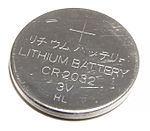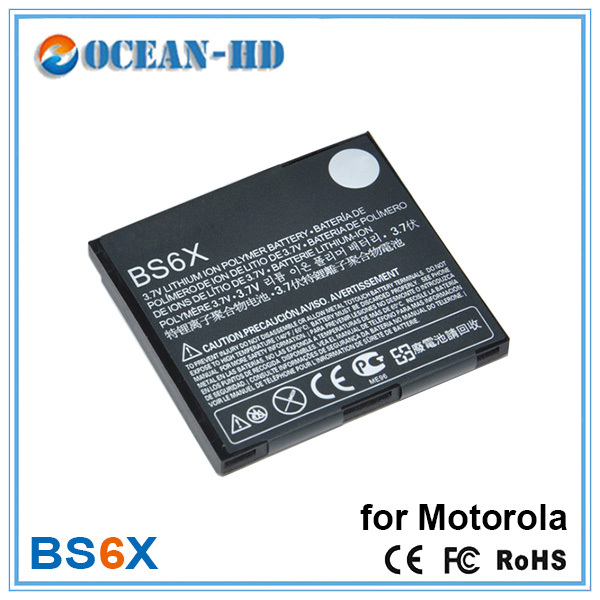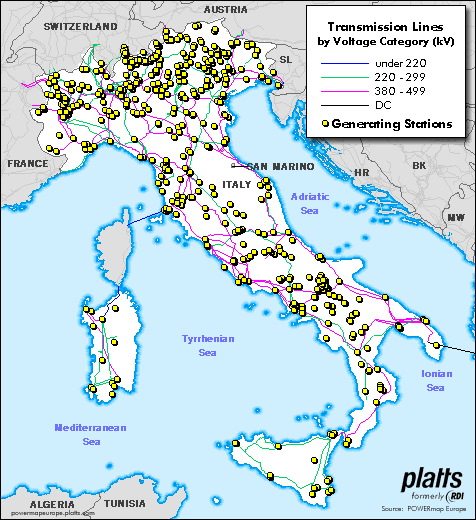Efficient energy use is an important consideration for designers in today’s society. Energy conservation and efficient energy use are pivotal in our impact on the environment. A designer’s goal is to reduce the amount of energy required to provide products or services using newer technologies or creative implementation of systems to reduce usage. For example, driving less is an example of energy conservation, while driving the same amount but with a higher mileage car is energy efficient.
As we develop new electronic products, electrical energy power sources remain an ever-important issue. The ability to concentrate electrical energy into ever-decreasing volume and weight is the challenge for designers of electronic products.
Embodied Energy
Term: Embodied energy – The total energy required to produce a product.
Term: Energy utilization – The method with which energy is used.
- Total energy consumed in production (cradle to [factory] gate) and throughout the lifecycle of a product (cradle to grave)
- Is the sum of all energy needed to produce a product or service.
- It is highly useful to calculate how successful/effective a product or service produces or saves energy.
Distributing Energy: National and International Grid Systems
Term: National and international grid systems – An electrical supply distribution network that can be national or international. International grids allow electricity generated in one country to be used in another.
Term: Energy Distribution -The method with which energy is transported from a source to where it is used.
- Energy is distributed over a national and international grid systems
- Egypt’s Aswan Dam produces enough electricity that Egypt sells it to The Sudan. On the USA and Mexico border there are three locations where power is sent across the border.
- Power nationally distributed is sent for domestic, commercial and industrial use including electric vehicles.
- This is a highly centralised grid system.
Local Combined Heat and Power (CHP)
Term: A system that simultaneously generates heat and electricity from either the combustion of fuel, or a solar heat collector.
- It is an efficient and clean approach to generating electric power and thermal energy from a single fuel source.
- It can either replace or supplement conventional separate heat and power.
- Instead of purchasing electricity from the local utility company and burning fuel (oil, gas etc) in an on-site furnace or boiler to produce thermal energy.
- This can be taken care of by an industrial or commercial facility can use CHP to provide both energy services in one energy-efficient step. from the EPA website.
- Reduces the negative impact to the environment
- Saves the consumer money
- Also known as co-generation

Systems for Individual Energy Generation
Term: Individual energy generation is the ability of an individual to use devices to create small amounts of energy to run low-energy products.
| https://www.youtube.com/watch?v=2mh-0dpsL64 |
- is the small-scale generation of heat and electric power by homes (also small businesses and small communities) to meet their own needs.
- It is an alternative or can supplement traditional centralized grid-connected power.
- Lower negative impact on the environment
- Lower costs for the consumer
- High initial capital cost
- Can sell excess electrical power back to the National Grid
- BBC article on Generating, storing and selling in your home.
- Also known as micro-generation

Quantification and Mitigation of Carbon Emissions
Term: Quantification of carbon emissions – Defining numerically the carbon emissions generated by a particular product
Quantification
- record carbon emissions
- discover how much is being produced
- discover who/ where it is produced
- track your carbon footprint
Mitigation
- Humans intervention in the reduction of carbon emissions
- These contribute to global warming
- Resulting in melting polar caps, rising seas, desertification,
- provide ‘Sinks’ that can reabsorb carbon emissions
- A ‘Sink’ are forests, vegetation or soils.
- UN Article on Mitigation
Energy Storage – Batteries, Capacitors and Capacities
Term: Energy Storage –The method with which energy is stored for later use.
- Battery is a device consisting of two or more electrochemical cells that convert stored chemical energy into electrical energy (Wikipedia)
- Capacitor is an electronic component that temporally stores electrical energy.
- Capacity is the amount of electric charge it can deliver (measured in amp-hours)
- Batteries have a huge impact on the portability of electronic products –
- Through the development of new technologies, batteries have become more efficient and smaller.
Types of Batteries
See the table below with regards to the relative cost, efficiency, environmental impact and reliability of different types of batteries.
| Battery Type | Relative Cost | Efficiency | Environmental Impact | Reliability | |
| Hydrogen fuel cells | High | Medium | Low | ||
| Lithium |  |
Medium | High | Low | |
| NiCad |  |
High | Medium | High | |
| Lead Acid |  |
Low | Low | High | |
| LiPo (lithium polymer) |  |
High | High | Low |
- The environmental impact can be assessed using an environmental impact assessment matrix and life cycle analysis (LCA).
International Mindedness
There are instances of energy sources (for example, oil and electricity) crossing national boundaries through cross-border networks leading to issues of energy security.
Theory of Knowledge
The Sun is the source of all energy and essential for human existence. Is there some knowledge common to all areas of knowledge and ways of knowing?
Something Extra …







